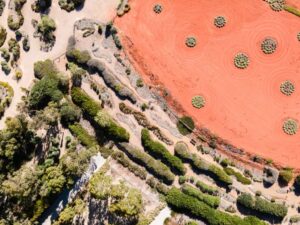
A plant-based solution to a wicked problem
By Tex Moon
Within the Australian Garden at Royal Botanic Gardens Cranbourne, the Dry River Bed precinct has undergone a remarkable transformation that redefines both the aesthetics and ecological function of native plant landscapes. Once dominated by dense woody shrubs, this 3,300m² curved and sunken space served as a structural and visual link between the Red Sand Garden and the Eucalypt Walk. Yet, despite its horticultural ambitions, the area was compromised early in its life by the invasive fungal pathogen Armillaria spp., which rapidly colonised the woody plantings. Widespread dieback followed, leading to a loss of plant diversity, diminished soil health and a weakened visitor experience.
Traditional methods of remediation, such as full soil removal and replacement, were deemed unviable due to the scale and complexity of the site. Rather than resort to invasive, resource-heavy solutions, the horticulture and design teams at Cranbourne Gardens, working closely with landscape architects, chose a radically different approach: they planted their way out of the problem.
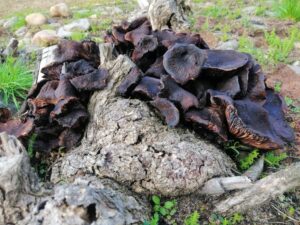
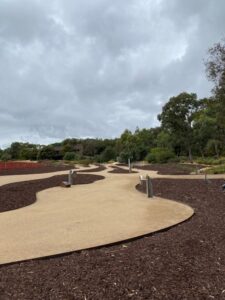
The result is a resilient and visually striking all-herbaceous border composed entirely of Australian native species, an innovative reimagining of the classic perennial border but designed through the lens of Australian ecology. The new planting design retains the original flowing riverbed form that echoes inland river systems and desert geomorphology. However, it introduces a new suite of herbaceous perennials, grasses and flowering monocots in place of the original woody shrubs, these species selected specifically as Armillaria cannot colonise non-woody plants.
This transition from woody to non-woody plant species was not simply a visual or stylistic change; it was a deliberate strategy grounded in plant pathology, ecological resilience and sustainable horticultural practice. The introduction of over 6,700 plants, representing 88 different taxa, has significantly increased biodiversity within the precinct. Species from the Poaceae, for example, are now used extensively, providing both structural interest and critical support for native insect populations, including pollinators that had not previously been drawn to the site at this scale.
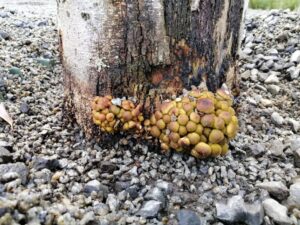
Importantly, the new planting scheme was underpinned by a holistic, plant-led approach to soil health. Rather than relying on chemical treatments or disruptive interventions, the team turned to fibrous-rooted species that would improve soil structure while being naturally resistant to fungal colonisation. This subtle yet profound shift not only halted the decline caused by Armillaria but created a model for managing long-term landscape health in a low-impact manner.
The Dry River Bed project also stands out for its deep integration of design with horticultural insight. Landscape Architect Andrew Laidlaw collaborated closely with TCL and Cranbourne Gardens horticulture staff to ensure that the design honoured the intent of the original Australian Garden while enhancing its horticultural performance. The scale and depth of garden beds were adjusted to suit the new planting palette, and tall native grasses were used to recreate the sense of enclosure once provided by the woody hedgerows. Seasonal bedding displays were also incorporated to maintain visual interest throughout the year and support ongoing experimentation with native plant combinations.
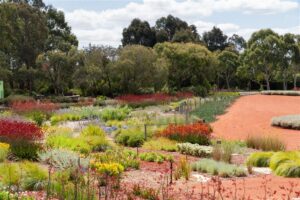
Community engagement played a pivotal role in the success of the project. Royal Botanic Gardens Cranbourne would like to thank the Friends of the Cranbourne Gardens for their generous donation towards this garden. The Dry River Bed has quickly become a favourite among wildlife photographers and specialist horticulture tours, who appreciate not just its beauty, but the story it tells of resilience, creativity, and the power of plants to solve problems.
Ultimately, the transformation of the Dry River Bed exemplifies how forward-thinking horticultural practice, grounded in local ecology and community values, can turn even the most compromised site into a living, thriving landscape. It is a powerful reminder that sometimes the best way to manage a challenge is not to fight against it but to grow through it.
Tex Moon
Director Horticulture – Cranbourne Gardens
Royal Botanic Gardens Victoria
E: Terence.Moon@rbg.vic.gov.au
